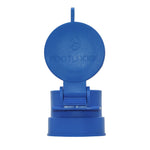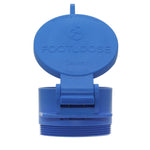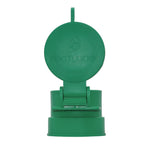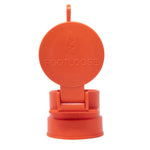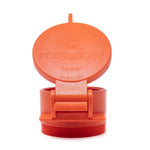No tiene artículos en su carrito de compras.
“Gray water” (sink/shower water) isn’t harmless. It can carry food scraps, oils, soaps, and bacteria that pollute soil and waterways, which is why many parks and jurisdictions require RVers to use designated dump stations or gray-water sumps. Below is a practical guide to staying legal, sanitary, and neighbor-friendly—without guesswork.
What’s legal? (Short answer: it depends—so check the signs and local rules)
-
National parks & most developed campgrounds: Gray and black water must be emptied at designated dump stations—no ground discharge.
-
U.S. Forest Service (dispersed/front-country): Guidance directs RV campers to dispose of waste and gray water at dump stations located at many FS campgrounds.
-
BLM public lands (dispersed): Federal rule 43 CFR §8365.1-1 bans draining sewage but mentions an exception for “wash water.” Field offices and states can be stricter, and many areas require you to be 100% self-contained—so always verify local orders or site pages before assuming anything.
-
State & local examples: Some states provide gray-water sumps for hand-carried water at recreation sites (not tank dumping); others treat any RV gray water as sewage. Read local codes (e.g., Oregon’s OAR 340-071-0325). When in doubt, use a dump station.
Bottom line: At developed campgrounds and many public lands, ground dumping is prohibited. If you’re boondocking, assume you need to contain and haul gray water unless a managing agency explicitly allows a specific method at that site.
How to dispose gray water the right way (everywhere)
-
Use approved dump stations for gray and black tanks. EPA guidance for RV/boat/mobile-home wastewater is clear: use proper facilities and avoid chemicals that harm treatment systems.
-
If a gray-water sump is provided for hand-carried water, strain out food solids first and follow posted volumes/limits—never pipe your RV’s gray tank to a sump.
-
Never pour into storm drains, waterways, or vault toilets unless expressly permitted by the site (policies vary). When uncertain, ask a ranger/host.
Essential gear to carry (so you’re never “that rig” at the station)
-
Sewer hose (3") with a 4-in-1 adapter + clear elbow (quick leak/flow check).
-
Disposable gloves & paper towels (hygiene and quick cleanup).
-
Non-potable rinse hose (distinctly colored) for pad clean-up—keep it separate from drinking-water hoses. Many codes require “CAUTION: NONPOTABLE WATER – DO NOT DRINK” signage around rinse taps; expect to see and follow it.
-
Hose support/cradle to prevent kinks and spills.
-
Portable tote (if your campsite requires hauling to a dump point).
-
End caps for clean transport.
Gray-tank odor & hygiene: quick wins
-
Keep the gray-tank valve closed while camped. Letting it trickle can leave a film in the hose and promote odors; instead, hold and dump in larger batches for a self-flush effect.
-
Use enzyme/biological cleaners—skip formaldehyde. EPA notes that formaldehyde and harsh chemicals can kill the beneficial bacteria in septic systems and corrode infrastructure. That’s bad for dump stations, on-site treatment, and the environment.
-
Strain sink water (catch food scraps/grease) to reduce smells and pests around your site.
-
Finish with a hot-water rinse before you cap the hose; a quick swish reduces residue.
Etiquette that keeps lines moving (and avoids fines)
-
Stage before you pull up. Gloves on; fittings ready.
-
Connect RV → station inlet (tight seal), then open the gray valve after black (if you’re dumping both) to rinse the hose.
-
Rinse splashes to the receptor with the non-potable hose only; leave the pad cleaner than you found it.
-
Obey posted rules. Many parks explicitly ban any ground discharge—assume they do unless signs say otherwise.
Special cases: dispersed camping & backcountry “wash water”
If you’re truly backcountry camping without tanks (e.g., dishwater from a basin), Leave No Trace suggests straining and following local rules; some guidance allows scattering strained water far from campsites and water sources—but this does not override campground or land-manager rules, and it’s not a greenlight for RV-tank dumping. When you’re in an RV, the safe, legal default is contain and dump at a station.



